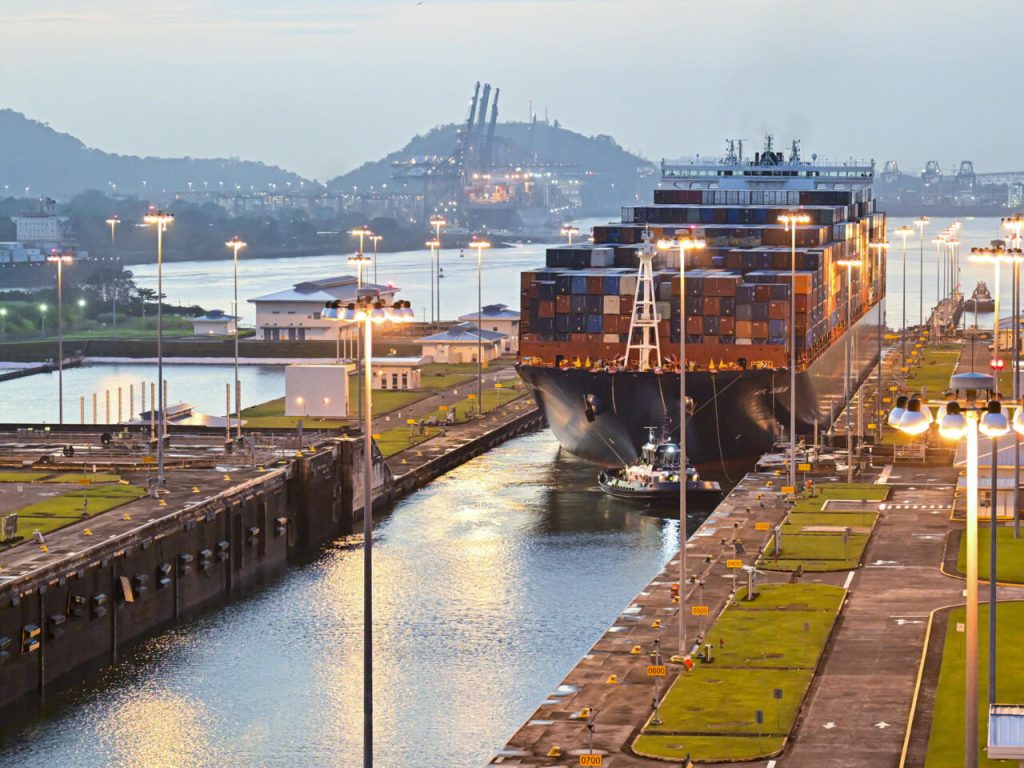American troops will be allowed to operate from several Panama-controlled military facilities along the Panama Canal, under a newly signed agreement between the two nations — a significant win for US President Donald Trump as he seeks to reassert American influence over the strategic waterway.
The accord, reviewed by AFP on Thursday, enables US military personnel to be stationed at various bases for training, joint exercises, and other agreed activities. However, it does not authorise the establishment of permanent US bases on Panamanian soil — a move that would be both politically sensitive and legally complex.
While the deal grants Washington considerable flexibility in deploying an unspecified number of troops to bases, some of which were originally built during the US occupation of the canal zone, Panama retains ultimate control. The agreement affirms Panamanian sovereignty and stipulates that all deployments must receive Panamanian approval.
President Trump, who returned to office in January, has repeatedly criticised what he calls excessive Chinese influence over the canal — a key trade route that handles nearly 40% of US container traffic and 5% of global trade. His administration has pledged to “take back” control of the canal, which the US funded, constructed, and administered until handing it over to Panama in 1999.

Although the US has long participated in military cooperation with Panama, the prospect of a sustained American military presence — akin to its rotational deployment in Darwin, Australia — remains politically contentious. Panamanian President Jose Raul Mulino, who is aligned with the centre-right, has publicly opposed any return to permanent US bases.
During a visit to Peru on Thursday, President Mulino confirmed that the US had initially requested permission to establish its own bases in Panama. He rejected the proposal, stating that such a move would be “unacceptable” and risk widespread unrest.
“Do you want to create a mess?” Mulino reportedly told US Defence Secretary Pete Hegseth. “What we’ve put in place here would set the country on fire.”
The final “Memorandum of Understanding” signed on Wednesday by Hegseth and Panama’s Security Minister Frank Abrego was significantly watered down compared to earlier drafts. In exchange for granting limited troop access, the United States officially recognised Panama’s sovereignty — a significant assurance given Trump’s past refusal to rule out direct military action.
Yet many Panamanians remain sceptical, particularly given Trump’s record of withdrawing from or renegotiating international agreements. Local union leader Saul Mendez called the deal “a setback to national sovereignty,” accusing the government of betraying the nation. “They are traitors and must be tried,” he told AFP.
Panama’s relationship with the United States has long been shaped by a complex and often painful history. Despite cultural and economic ties, many Panamanians remember the decades-long US occupation of the canal zone and the 1989 American invasion that toppled dictator Manuel Noriega. That operation left over 500 Panamanians dead and large parts of Panama City in ruins.
Trump’s renewed interest in the canal — particularly his focus on a Hong Kong-based firm managing port operations — has sparked large-scale protests. Though Panama is legally required to operate the canal with open access for all nations, Trump has repeatedly criticised Chinese involvement in its infrastructure.
Under White House pressure, Panama has accused the Panama Ports Company of breaching its contractual terms and has urged the company to withdraw. In response, its parent firm, CK Hutchison, announced a deal last month to sell 43 ports across 23 countries — including the two at either end of the canal — to a consortium led by American investment giant BlackRock, for $19 billion in cash.
Beijing has reacted angrily, launching an antitrust investigation into the transaction.


 Trending
Trending 